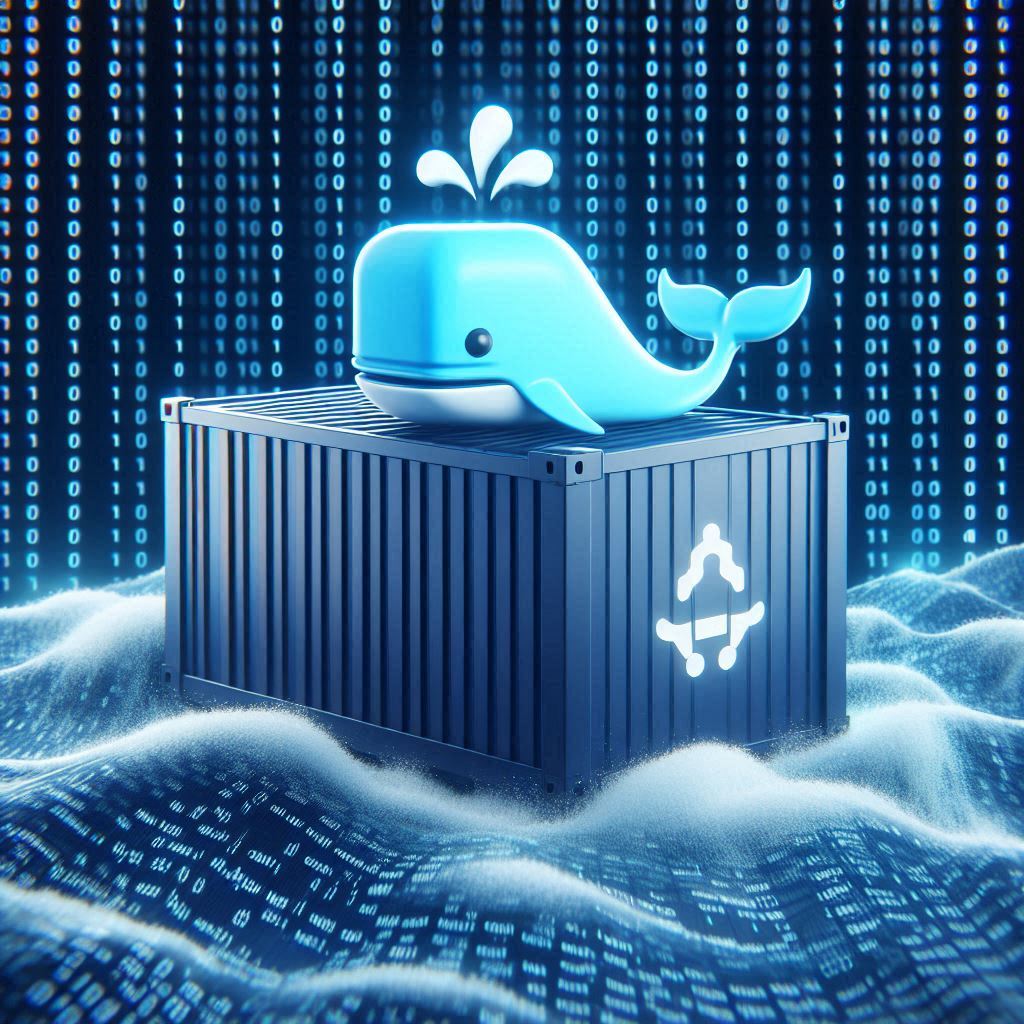
UserData to ECS magic
The journey from code to cloud is rarely a straight path. There are twists, turns, and sometimes, a fog of configurations that can make even seasoned developers frustrated. Today, we’ll take UserData from a Node.js EC2 instance and use it to spin up a containerized version on Amazon ECS. It’s like taking a manual bicycle and turning it into a self-driving Tesla. And how are we doing this you may ask? With Amazon Q For Developer. :D
Step 1: Your EC2 Instance—The Launch Pad
Let’s start with what we know: EC2. You’ve got your Node.js app humming along on an EC2 instance, and you’ve set it up using UserData. Here’s a snapshot:
#!/bin/bash
yum update -y
curl -sL https://rpm.nodesource.com/setup_20.x | bash -
yum install -y nodejs
git clone https://github.com/your-repo/node-app.git /home/ec2-user/node-app
cd /home/ec2-user/node-app
npm install
npm startThis script installs Node.js 20, pulls your application from GitHub, and starts the app. Simple, right? But while EC2 is great, what if you want more scalability, less infrastructure management, and the ability to deploy anywhere? Thats where docker comes in. And lets not forget there are many ways to UserData here. For the sake fo this blog, we’re using a UserData setup where a gitclone is part of the install.
Step 2: Transforming EC2’s UserData into a Dockerfile
Amazon Q Developer knows its way around cloud services. So, let’s use it to help turn our EC2 configuration into a Dockerfile. Fire up Q Developer and start the conversation:
**You**: “Hey Q, can you help me dockerize my Node.js 20 setup from EC2’s UserData?”
**Amazon Q**: “Absolutely! Let’s start by creating a Dockerfile.”Amazon Q reads through the UserData and suggests a Dockerfile based on the instructions:
# Use an official Node.js 20 image as a base
FROM node:20
# Set the working directory
WORKDIR /app
# Copy package.json and install dependencies
COPY package*.json ./
RUN npm install
# Copy the rest of your application code
COPY . .
# Expose the port your app runs on
EXPOSE 3000
# Start the application
CMD ["npm", "start"]Boom—Q has taken your bare-bones script and transformed it into a Dockerfile. At this point, Amazon Q did not suggest where and how to run the Dockerfile, but asking the question gives us:
**Amazon Q**: “When building this container, make sure you run it from your git repo.”Step 3: Building and Pushing the Docker Image
Next, you need to containerize your app and push it to a registry. Amazon Q can walk you through building the Docker image and tagging it:
docker build -t your-node-app .
docker tag your-node-app:latest <AWS_ACCOUNT_ID>.dkr.ecr.<REGION>.amazonaws.com/your-node-app:latest**Amazon Q**: “To push images to ECR, use the following:”With Q’s guidance:
aws ecr get-login-password --region <REGION> | docker login --username AWS --password-stdin <AWS_ACCOUNT_ID>.dkr.ecr.<REGION>.amazonaws.comPush the image:
docker push <AWS_ACCOUNT_ID>.dkr.ecr.<REGION>.amazonaws.com/your-node-app:latestIt’s almost like Q is reading your mind. (Or just your terminal. Either way, it’s very helpful.)
Step 4: Setting Up ECS
With your container image safely in ECR, it’s time to harness the power of ECS. Amazon Q will guide you through setting up an ECS cluster and service. Usually i’d create the necassary CDK but in this case, we’re going wiht the Amazon Q Developer suggestions.
- Define a Task Definition:
Amazon Q: “First, let’s create a task definition for your Node.js app.” You can either use the ECS console or the AWS CLI:
{
"family": "node-app-task",
"networkMode": "awsvpc",
"containerDefinitions": [
{
"name": "node-app",
"image": "<AWS_ACCOUNT_ID>.dkr.ecr.<REGION>.amazonaws.com/your-node-app:latest",
"portMappings": [
{
"containerPort": 3000,
"hostPort": 3000
}
],
"essential": true
}
]
}- Launch the ECS Service:
With the task definition ready, Amazon Q suggests creating the ECS service:
aws ecs create-service --cluster my-cluster --service-name node-app-service --task-definition node-app-task --desired-count 1 --launch-type FARGATE --network-configuration "awsvpcConfiguration={subnets=[subnet-abc123],securityGroups=[sg-abc123],assignPublicIp=ENABLED}"**Amazon Q**: “Need to adjust your security groups or subnets? I’ve got suggestions!”Step 5: (Optional) Automate with Amazon Q’s Magic
Once everything is running smoothly, Amazon Q can help you set up automation using ECS rolling updates, CI/CD pipelines, and monitoring alerts. This ensures your cloud setup is robust and resilient, capable of scaling seamlessly when needed. With Q by your side, you can have confidence in your container management, allowing you to focus on strategic tasks while enjoying the efficiency and reliability of your infrastructure
Final thoughts:
Transforming your Node.js EC2 instance into a containerized ECS service might sound daunting, but with Amazon Q Developer, the process is smoother than ever. And as you transition from traditional EC2 deployment to the flexibility and scalability of ECS, you’ll realize that having a partner like Q isn’t just nice—it’s essential. It’s the future, and you’re not just coding—you’re cloud architecting with flair.